|
|
|

|
 |
 |
|
 Lord Seton's Tomb,
Seton Collegiate Church Lord Seton's Tomb,
Seton Collegiate Church |
|
 Family Monuments
and Memorials of the Seton Family Family Monuments
and Memorials of the Seton Family |
|
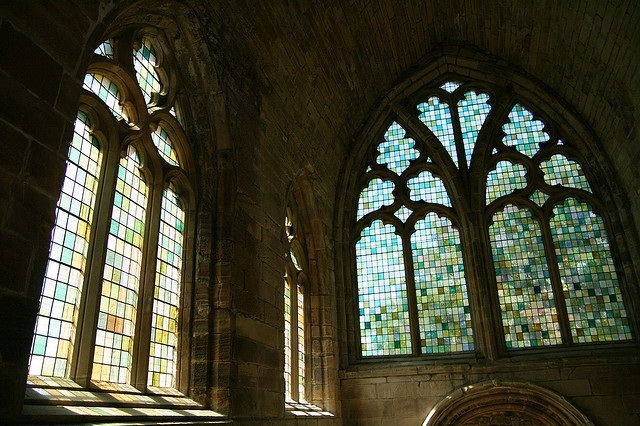 “The memory of great men is no less useful
than their presence.”
George, 4th Earl of Winton. “The memory of great men is no less useful
than their presence.”
George, 4th Earl of Winton.
At Seton Collegiate Church, Memorial to George, 7th Lord Seton:
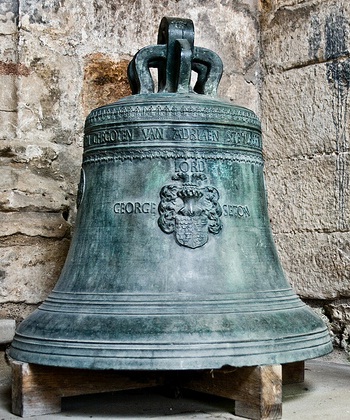 "Near the south
side of this chapel are deposited the bodies, once the habitation of the souls,
of George Seton and Isabel Hamilton; souls truly noble, and worthy of
everlasting remembrance. George, of
this name the 5th, honourably possessed and enlarged the ample
estates and fortune transmitted to him by his ancestors in times of great
disturbance in the country. He was
born in the reign of James the Fifth. Being
deprived of his most worthy father, when he was a young man, living in France,
he returned home, and in a short time afterwards, by a decree of the Estates of
the Kingdom, he is sent back to France, and there, as one of the Ambassadors, he
negotiated and ratified the marriage between Queen Mary and Francis, Dauphin of
France, and the ancient treaties between the French and the Scots. "Near the south
side of this chapel are deposited the bodies, once the habitation of the souls,
of George Seton and Isabel Hamilton; souls truly noble, and worthy of
everlasting remembrance. George, of
this name the 5th, honourably possessed and enlarged the ample
estates and fortune transmitted to him by his ancestors in times of great
disturbance in the country. He was
born in the reign of James the Fifth. Being
deprived of his most worthy father, when he was a young man, living in France,
he returned home, and in a short time afterwards, by a decree of the Estates of
the Kingdom, he is sent back to France, and there, as one of the Ambassadors, he
negotiated and ratified the marriage between Queen Mary and Francis, Dauphin of
France, and the ancient treaties between the French and the Scots.
Upon his return home, he found his country involved in the flames, both
of foreign and civil wars, upon the change of religion and the forms of worship:
when within Scotland, the English and French, the Germans and Spaniards, were
engaged in war, and the Scots also fighting among themselves, his house having
been more than once burnt to the ground, and entirely demolished, and all of his
estates ravished by the English, he restored the whole anew upon a scale more
extensive, and in a style more magnificent.
In every change of fortune always independent and undaunted, when his
King was murdered by the most abandoned of men, and the Queen being driven into
exile by the faction of the nobles, he, like his brave ancestors, always stood
unmoved. For this steady loyalty
being often imprisoned and kept in close confinement, often banished his
country, and stripped of all his fortune, he not only sustained with fortitude,
but with fortitude , but even despised and surmounted innumerable distresses of
that kind, which bore witness of his faithful attachment to his country, and his
loyalty to its rightful Sovereigns.
At
length, upon the accession of James the Sixth, by whose auspicious government,
prudence, and counsels, Scotland was delivered from all its tempests and
distresses, and restored to its antient splendour, he too was honourably
received, and treated according to his merit, recovered his rank and dignity of
his ancestors, and was sent by the King as his chief ambassador to Henry the
Third King of France, with the most ample powers to confirm alliance between
them. In this high office, when he
was performing services to the satisfaction, and with the favour of both
Princes, the labours of his past life bring upon him a fatal disease.
He returned to his own country, and within a month after he went hence to
a better state, on the 8th day of January, in the year of our Lord
1585, about the 55th year of his age."
|
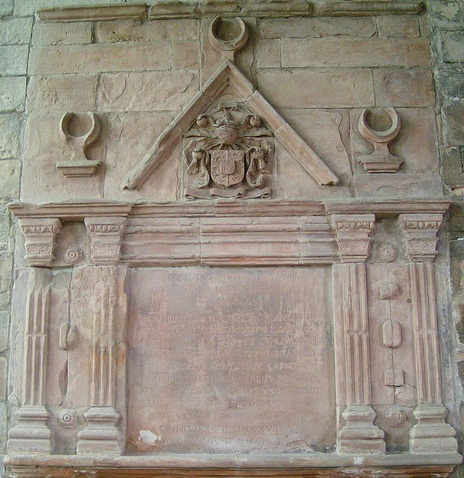 |
|
The elaborate mural monument of James, first Earl of Perth:
Who married Lady
Isabel Seton, daughter of Robert, first Earl of Winton, and
who died at Seton in 1611, in the twentieth year of his age,
formerly occupied the N.E. corner of the chancel, and is now
affixed to the east wall of the south transept. In the upper
portion, between two small pillars, is an escutcheon bearing
the impaled coats of Perth and Winton, with the supporters,
crest, and motto of the former earldom.
The same two
coats appear in separate shields, each surmounted by a
coronet, between two larger pillars in the central part of
the monument, from which an oblong marble slab (2 feet 9
inches by 2 feet) has been
removed, and which bore the following inscription:—"
Conditum hie est quicquid mortale fuit Jacobi Drummond,
families principis, quique primus familiam titulo Perthiam
comitatus illustravit. Monumentum hoc posuit amantissima et
moestissima conjunx D. Isabell Setoun Roberti Wentoniae
unica. An. . Sal . . . "
On one of two
semicircular marble slabs, at the base of the monument, and
separated by a monogram embracing the letters " I. D. (James
Drummond) and " I. S." (Isabel Seton), is the following
epitaph, composed by William Drummond of Hawthornden:
Instead of
epitaphes and airye praise,
This monument a lady chaste did raise
To her lord's living fame, and, after death,
Her bodye doth unto this place bequeath,
To rest with his till God's shrill trumpet sound ;
Thogh tyme her lyf, no tyme her love can bound. |
|
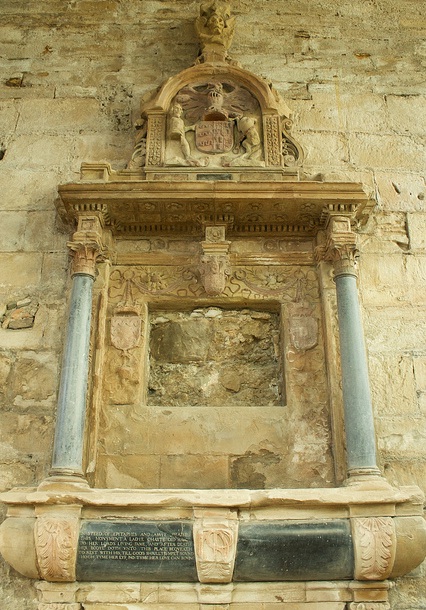 |
|
OGILVY EPITAPH IN THE CHAPEL OF SETON-HOUSE.
Soli Deo trino et uni
Omnis honor laus et gloria
Monumentum hoc Jacobo Ogvelvi de
Bernes filio tertio genito domini Georgii
Ogvelvie a Bamff de Dunlougus militis
et Beatricis Seton hujus familife
filise Georgius Ogvelvie de Carnousis
frater et hseres mserens posuit.
Febre violenta correptus hie apud
sanguine et amicitia conjunct! ssimos
obiit vicesimo nono Januarii
Anno Domini cioiocxvu.
Ex defunct! mandate et in fratris gratiam
curavit §W§ fieri. |
|
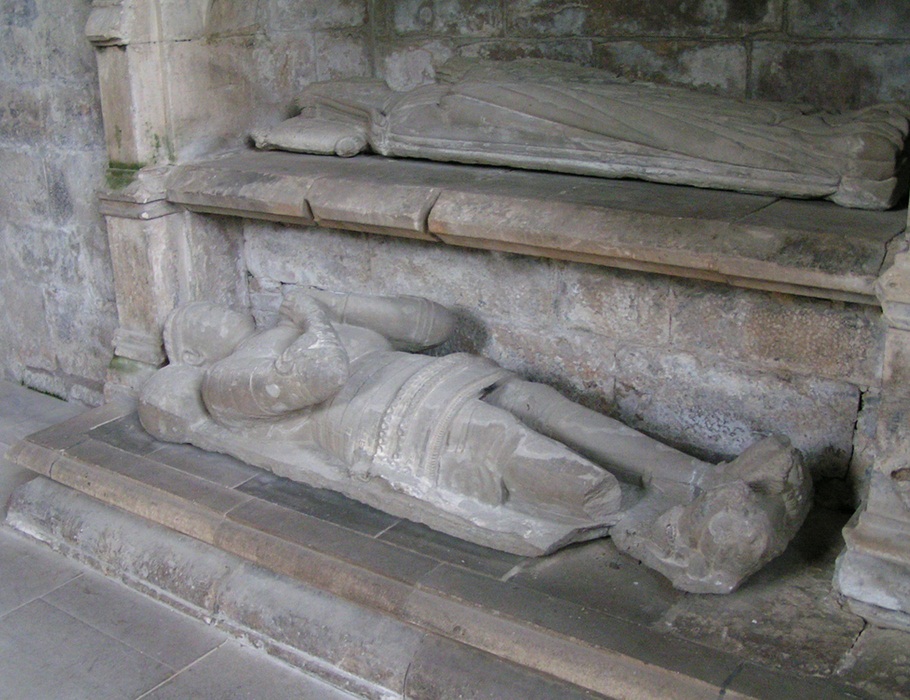 |
|
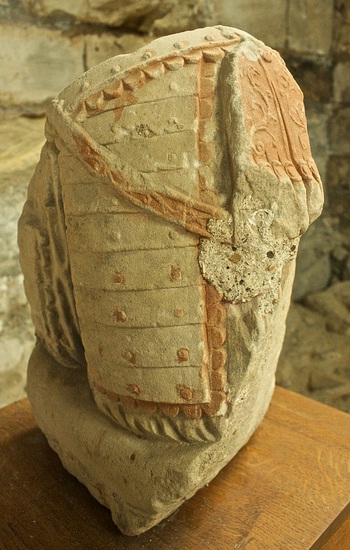 |
|
EPITAPH ON MISS SETON (of the Family of
Barnes)- INTERRED IN THE CHAPEL OF SETON-HOUSE.
In these once hallowed walls' neglected shade,
Sacred to piety and to the dead,
Where the long line of Seton's race repose,
Whose tombs to wisdom, or to valour rose;
Tho' now a thankless age, to slav'ry prone,
Past fame despising, careless of its own,
Records no more; each public virtue fled,
Who wisely counsell'd, or who bravely bled.
Tho' here the warrior shield is hung no
more,
But every violated trophy tore.
Heaven's praise, man's honour, share one
shameful lot,
God and his image both alike forgot. *
To this sweet maid a kindred place is due,
Her earth shall consecrate these walls anew,
The muse that listens to desert alone,
Snatches from fate, and seals thee for her own.
|
|
NOTES ON EPITAPH'S IN THE SETON COLLEGIATE CHURCH
The Campbell
gyrons appear with the Seton and Sinclair arms upon an
interesting octagonal font still preserved in the church. In
1849, a circular font
(also still preserved) was dug up outside the church, and
was found to contain
several coins, hawks-bells, &c., which were long at Gosford.
Both of these fonts are very
accurately engraved in the E. A. A. Sketch Book.
Matrix of a
monumental brass, 7 feet by 3| feet, broken across
the centre (fig. 2), dug up outside the church in 1849; in
all probability
the tombstone of either Catherine Sinclair of Hermandston,
wife
of William, first Lord Seton, or of Lady Janet Hepburn,
widow of
George, fifth Lord, who fell at Flodden, both great
benefactresses of
the sacred edifice, as the matrix very clearly indicated the
outline
of a female figure under an ornamental canopy, with a
surrounding inscription.
The interest of this slab was greatly enhanced by the
circumstance of there being very few Scottish examples of
either
monumental brasses or their matrices.
An ornamental
shield, charged with three crescents,
between the letters " I. S." and a surrounding inscription,
commencing
" HEIR . LYIS . IOHNE . SETON." The lower portion of the
slab was
broken off, and the remainder of the inscription "
illegible, with the
exception of the two words " Margaret " and "August."
8. Impaled shield. Dexter, three crescents. Sinister, a
bend charged with three, roses or cinquefoils—on a chief,
two (three 1) mullets.
Inscription.—" HEIR . LYIS . DAVID . SETON . MERCHANT .
BVKGES . OF
EDINBVRGH . SPOVS . TO . IEIN . BRAND . QVHA . DECEISED . IN
. VINTON
THE . 22 . DAY . OF . IVLIE . 1632." |
|
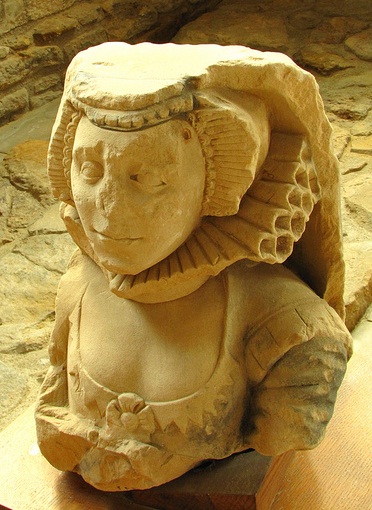 |
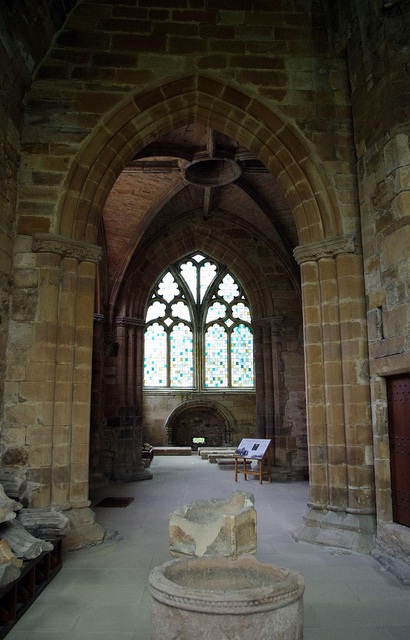 |
|
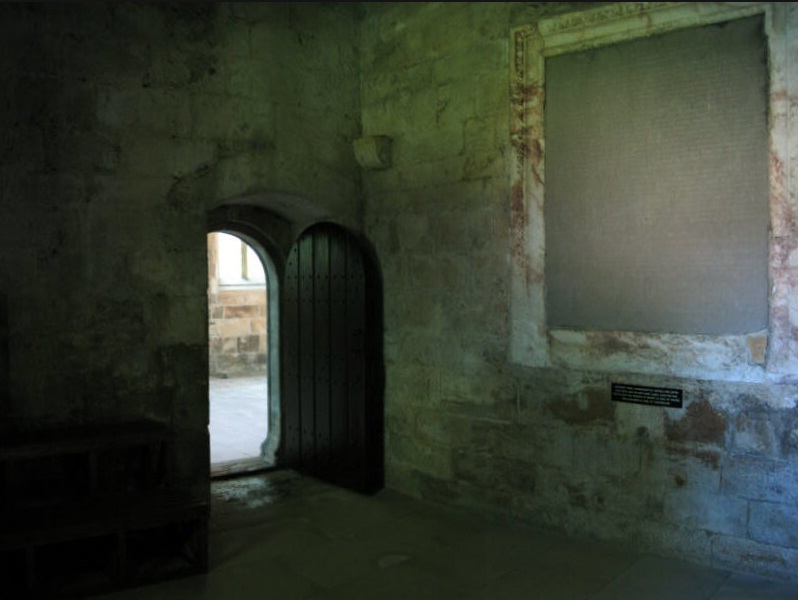 |
|
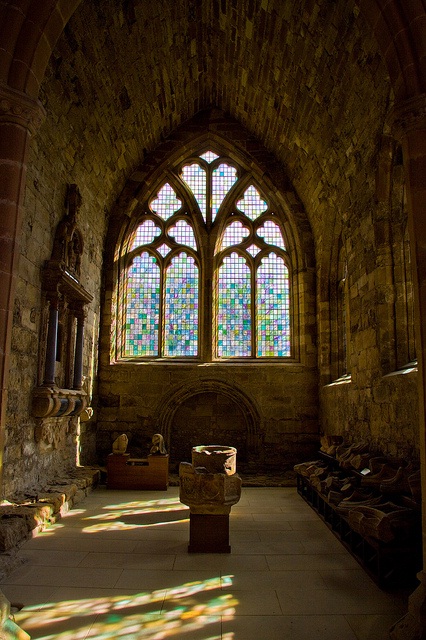 |
|
 |
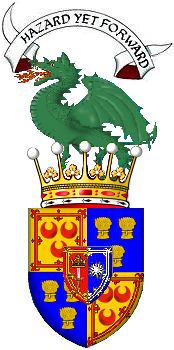
Arms of the Seton Earls of Winton
© The Seton Family 2005
.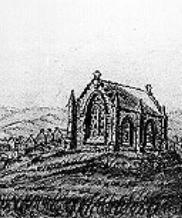
The
relics of the sacred church by which Sir Christopher Seton’s memory
was enshrined (in the above drawing of 1593) were picked up
whilst the present church was being founded; and tastefully
set up within an enclosure on the south side. They constitute part
of the beautiful east window, and bear the following inscription: -
“These stones, the relics of the ancient chapel, dedicated to the
Virgin Mary, erected by King Robert Bruce, in memory of Sir
Christopher or Chrystal Seatoun, are here placed by Major James
Adair, 1840.” [This inscription is erroneous. The chapel was built
by Lady Seton, and endowed by her Royal brother; and as the charter
states, was “erected in honour of the Holy Rood.”
|
 |



 "Near the south
side of this chapel are deposited the bodies, once the habitation of the souls,
of George Seton and Isabel Hamilton; souls truly noble, and worthy of
everlasting remembrance.
"Near the south
side of this chapel are deposited the bodies, once the habitation of the souls,
of George Seton and Isabel Hamilton; souls truly noble, and worthy of
everlasting remembrance.









